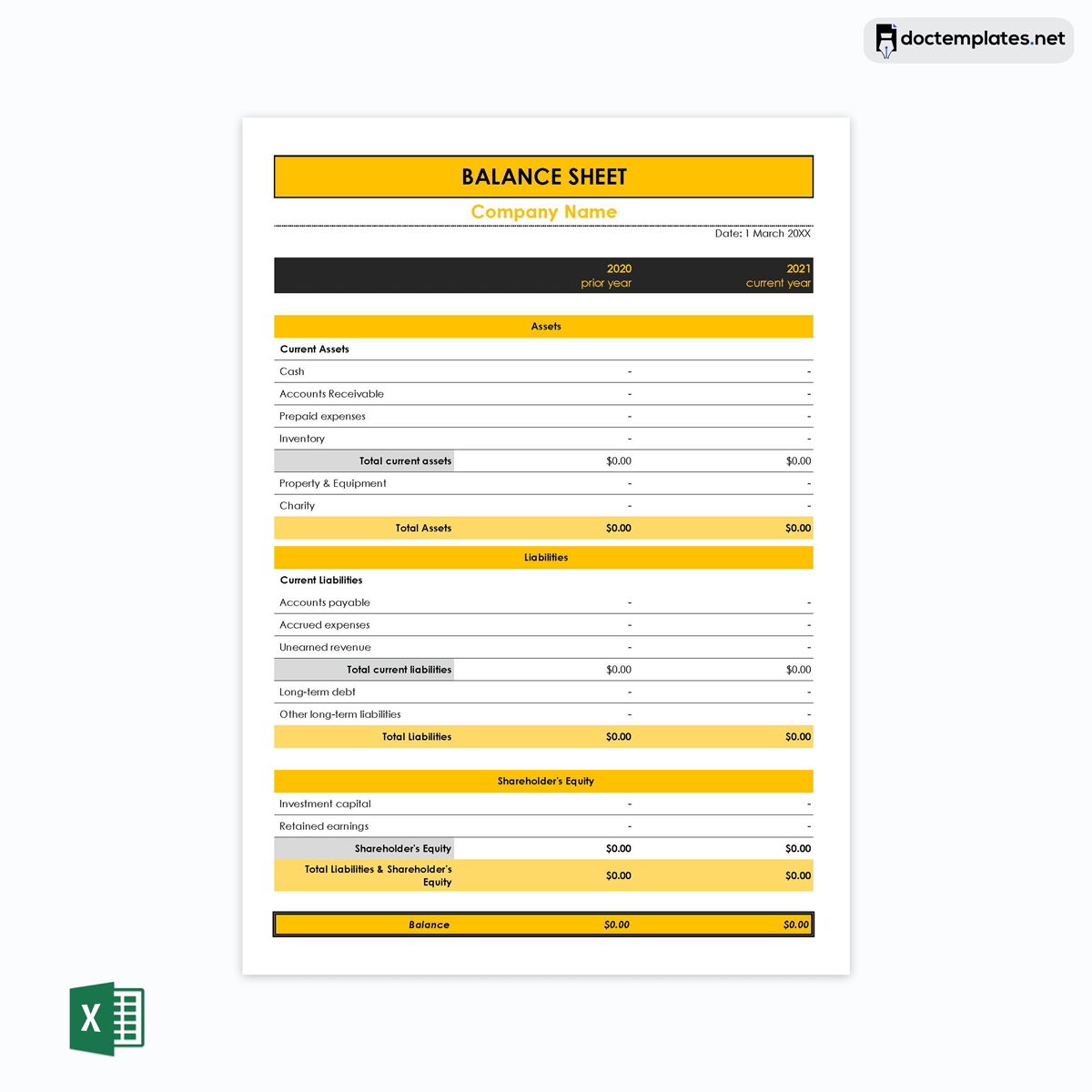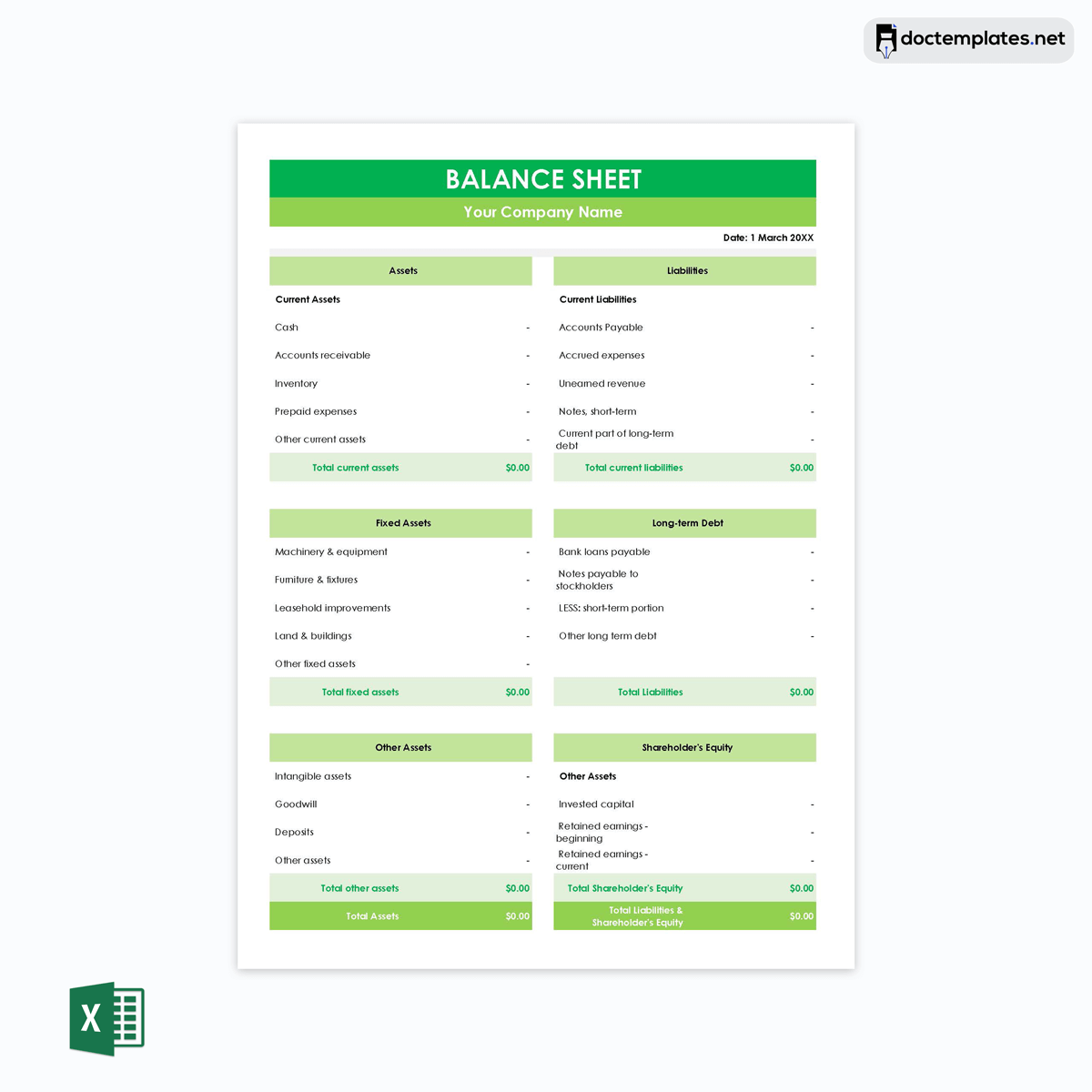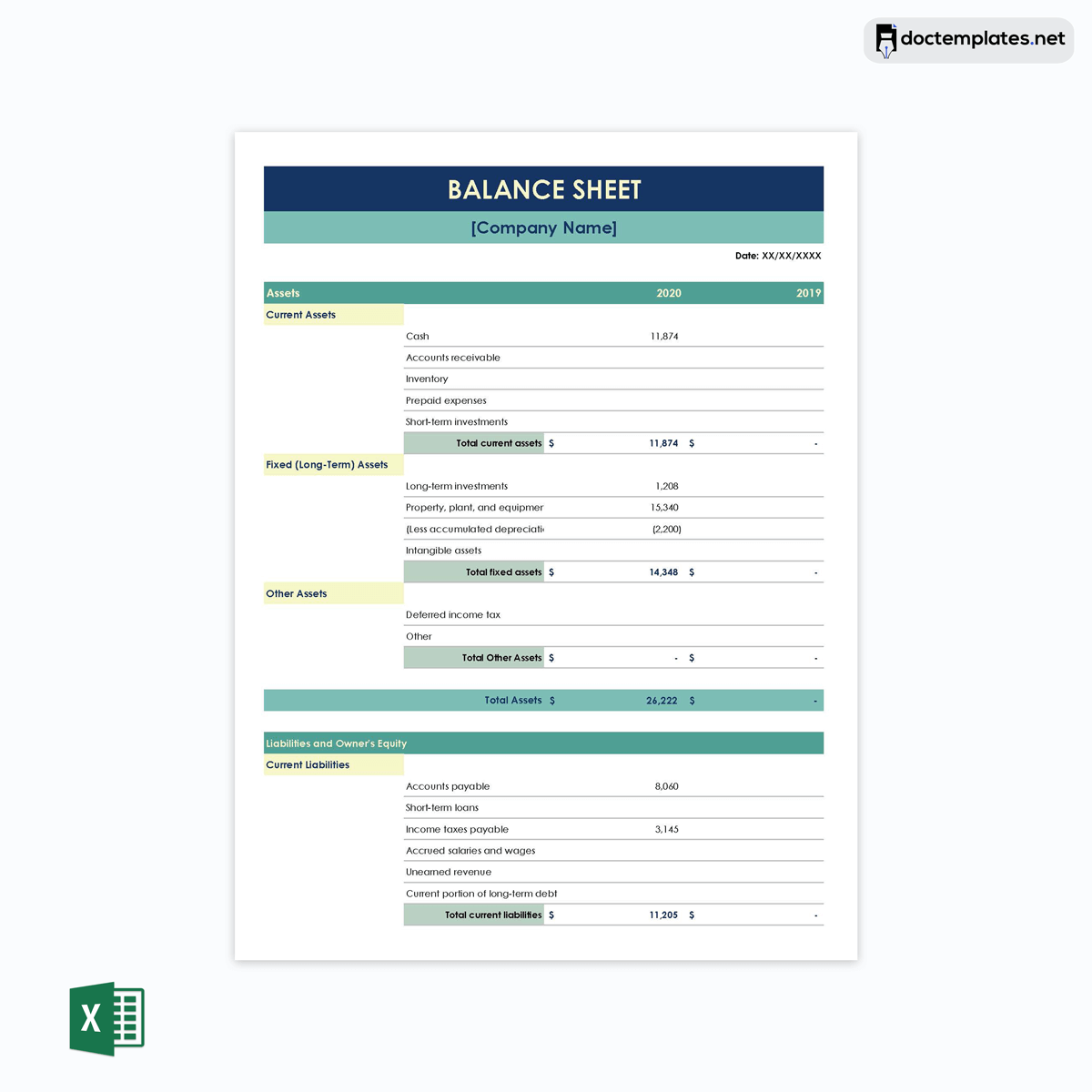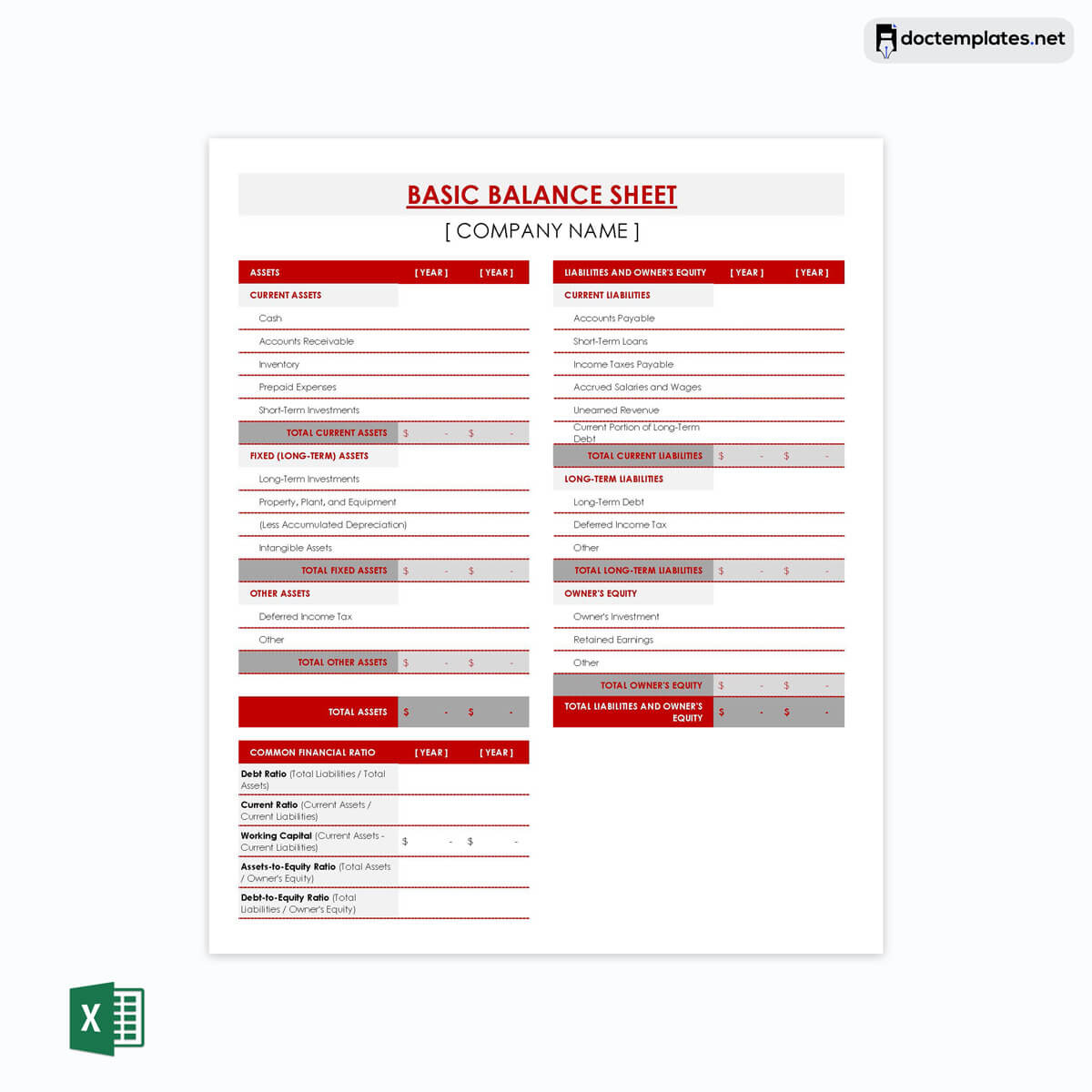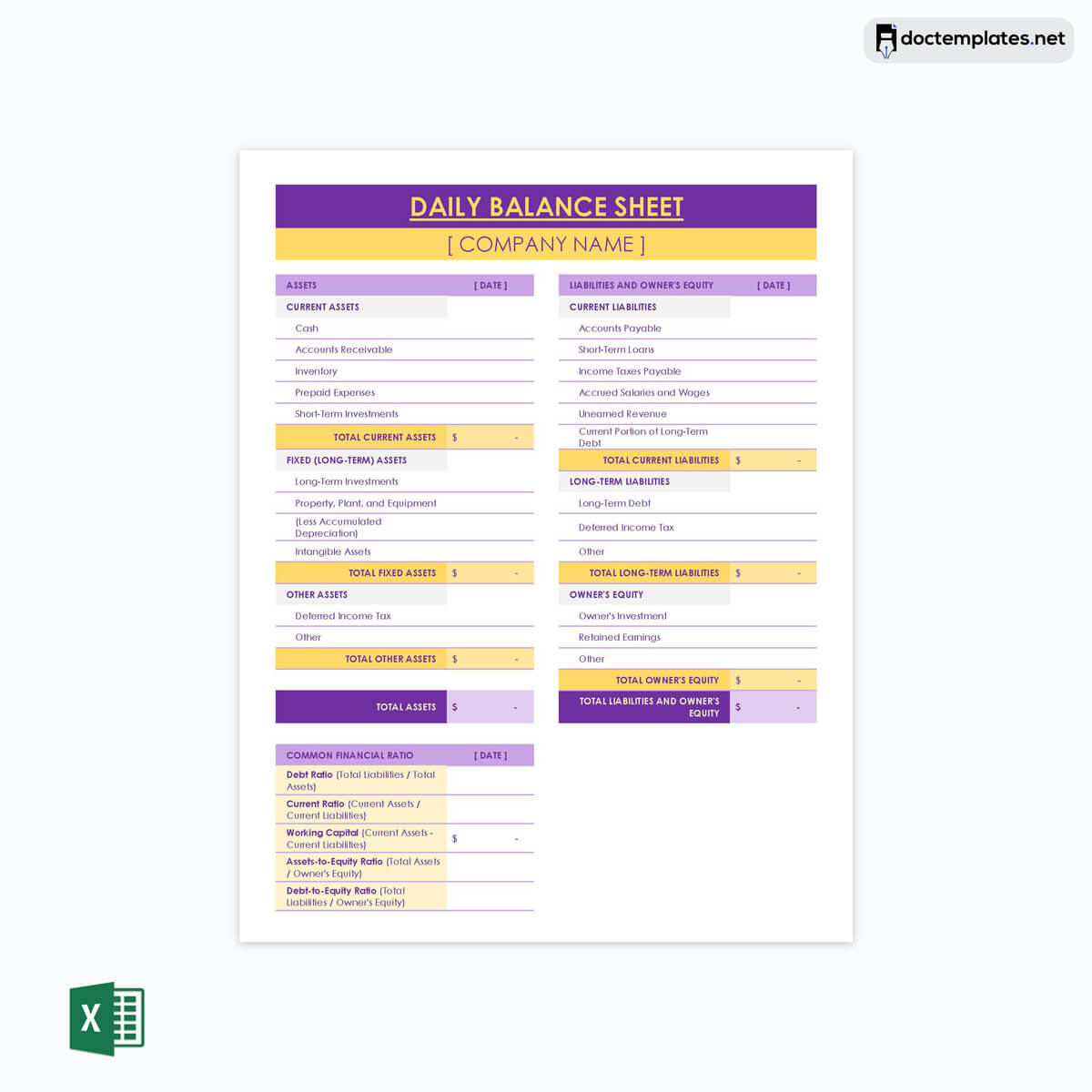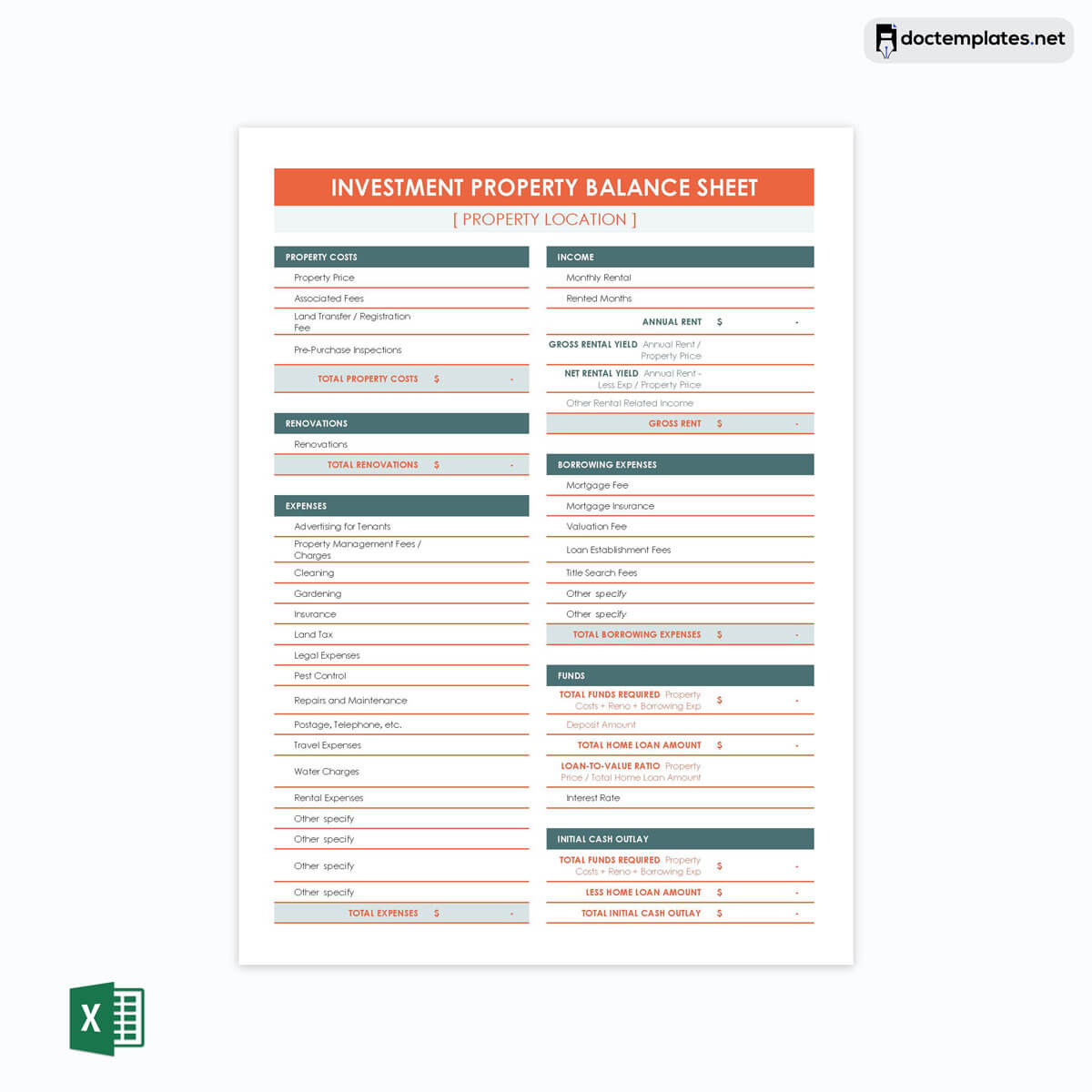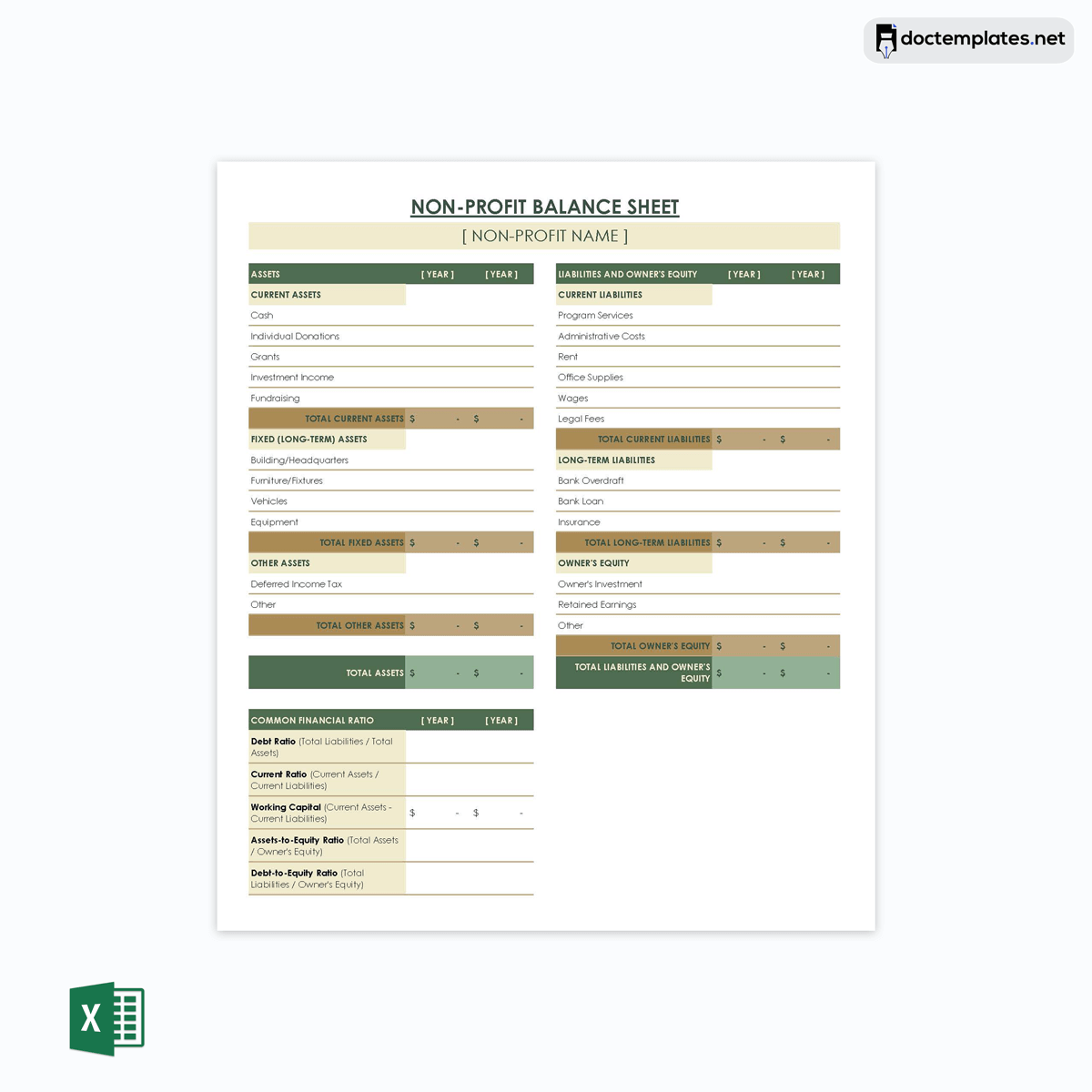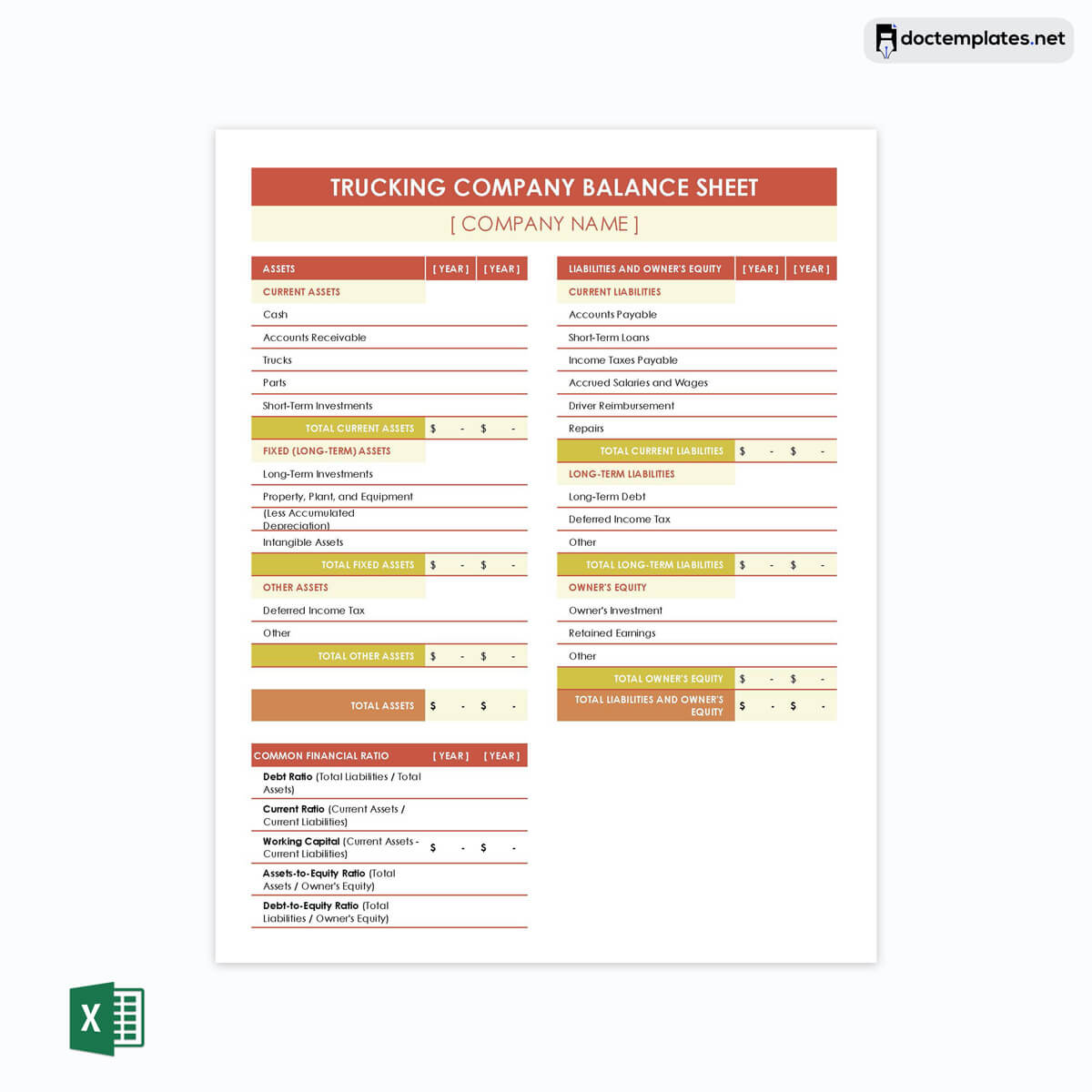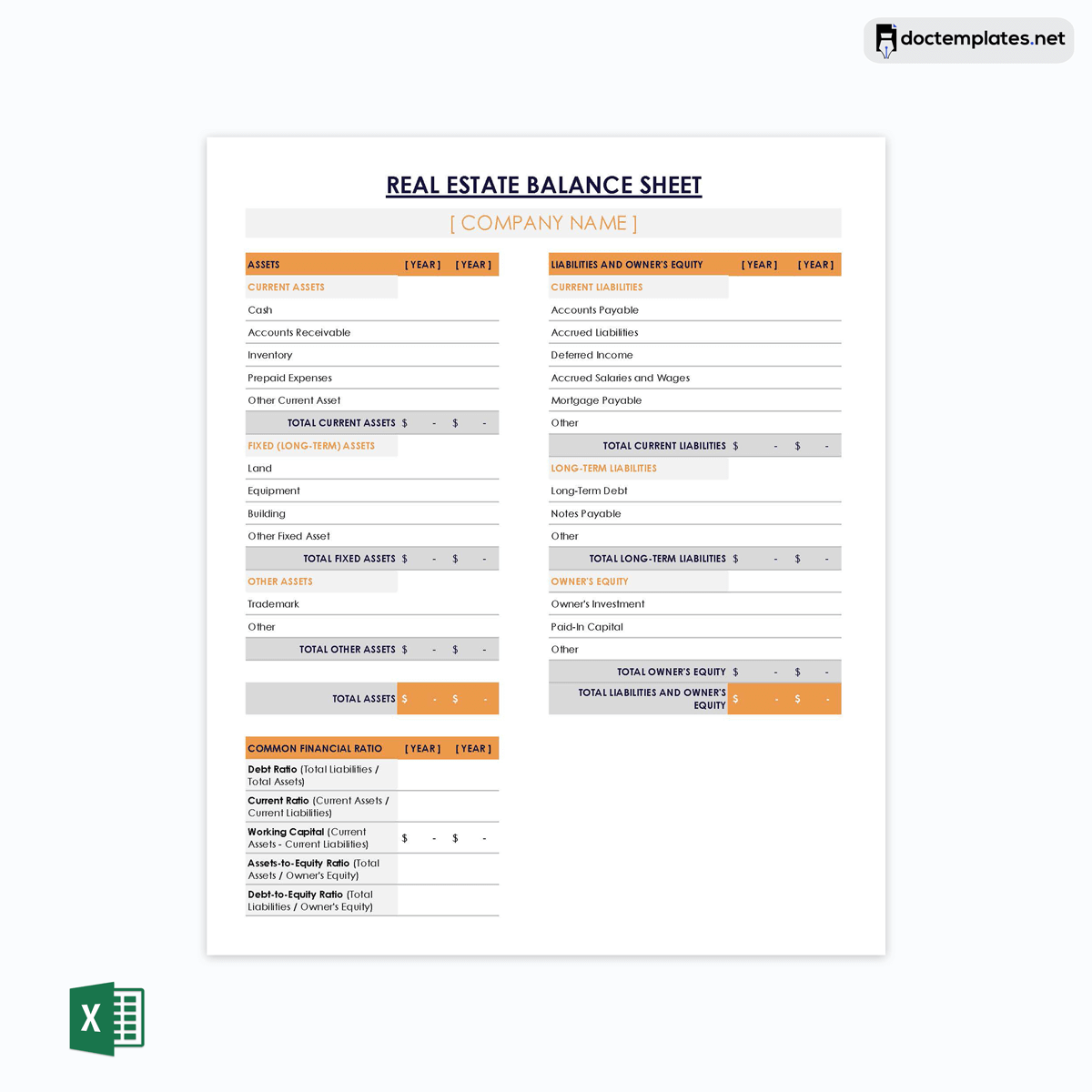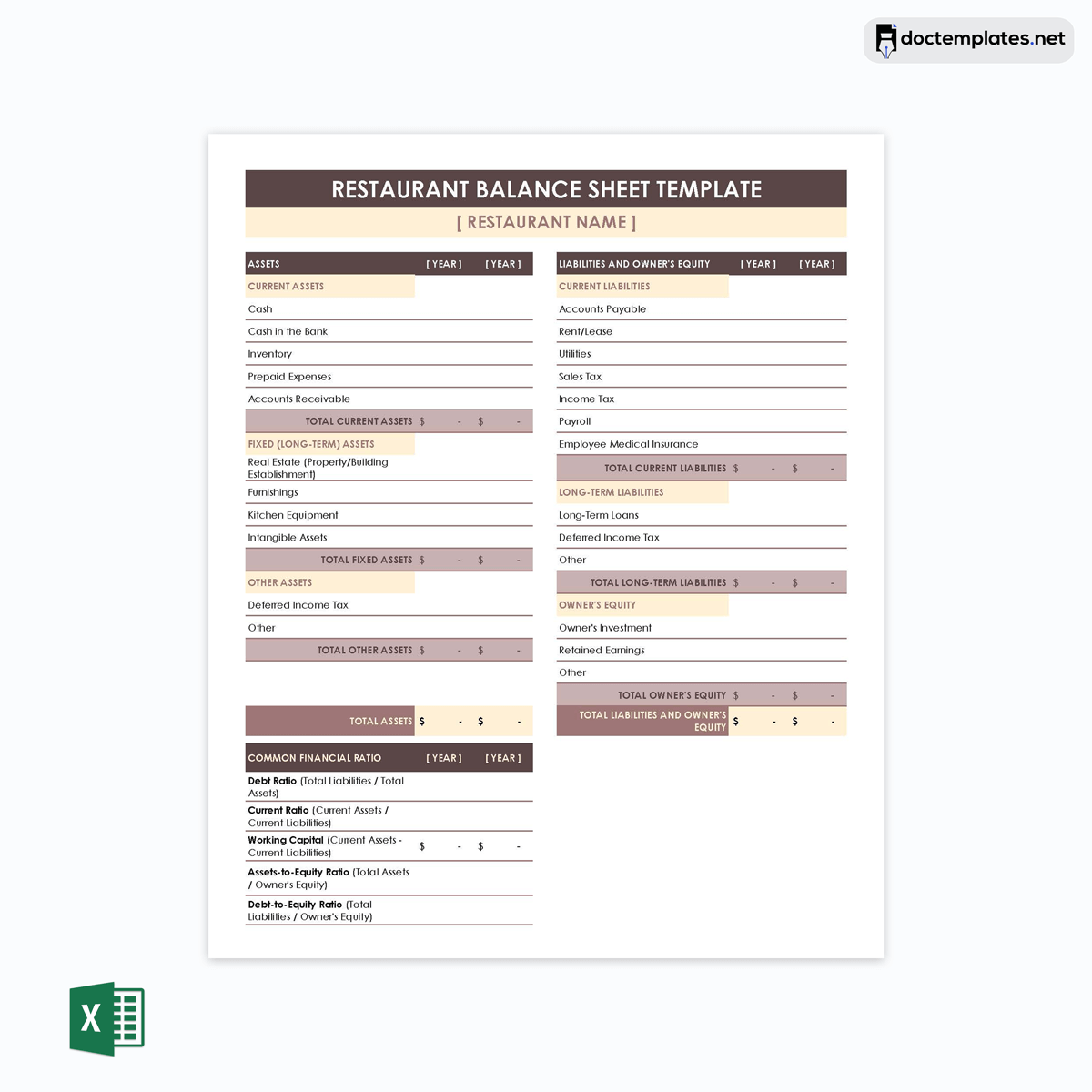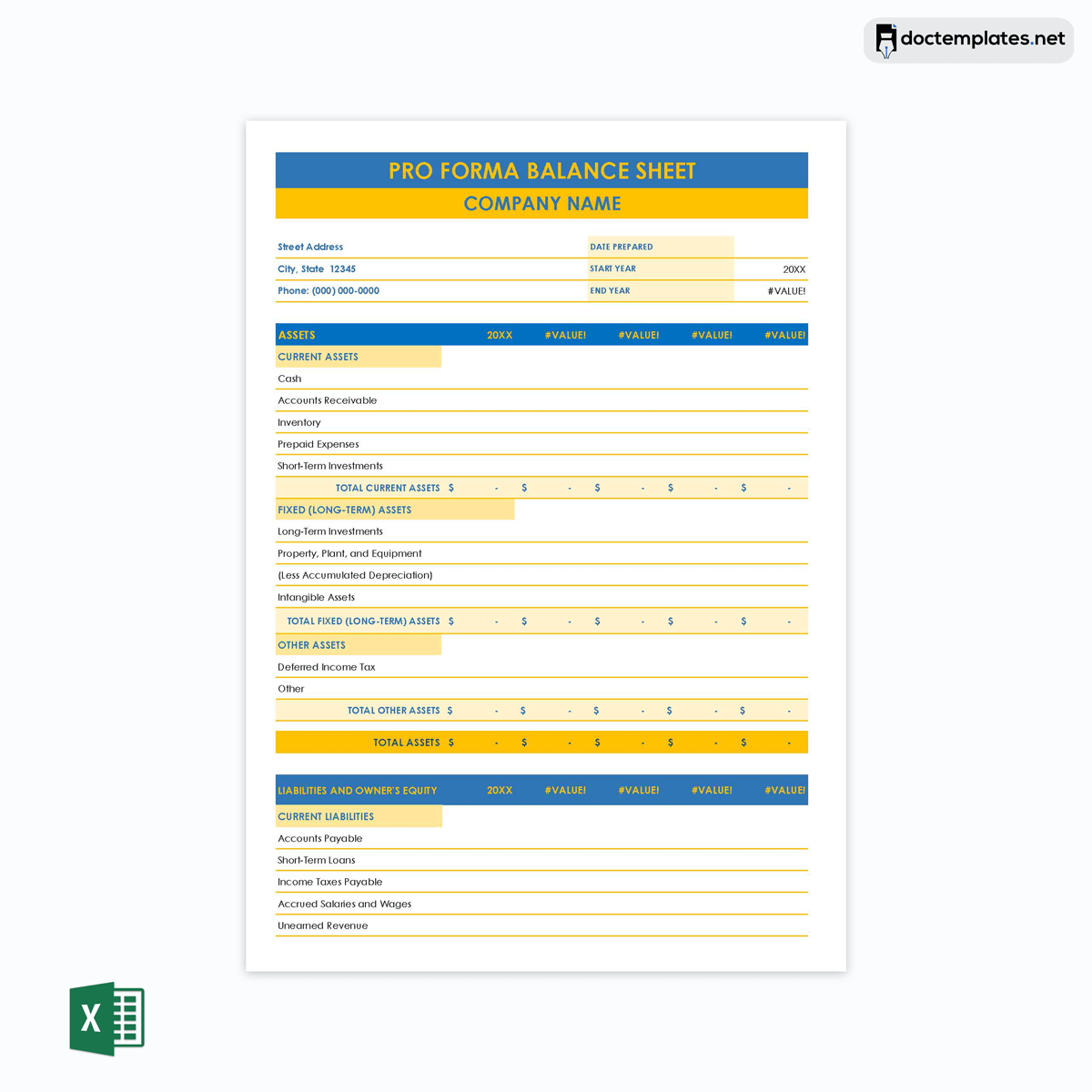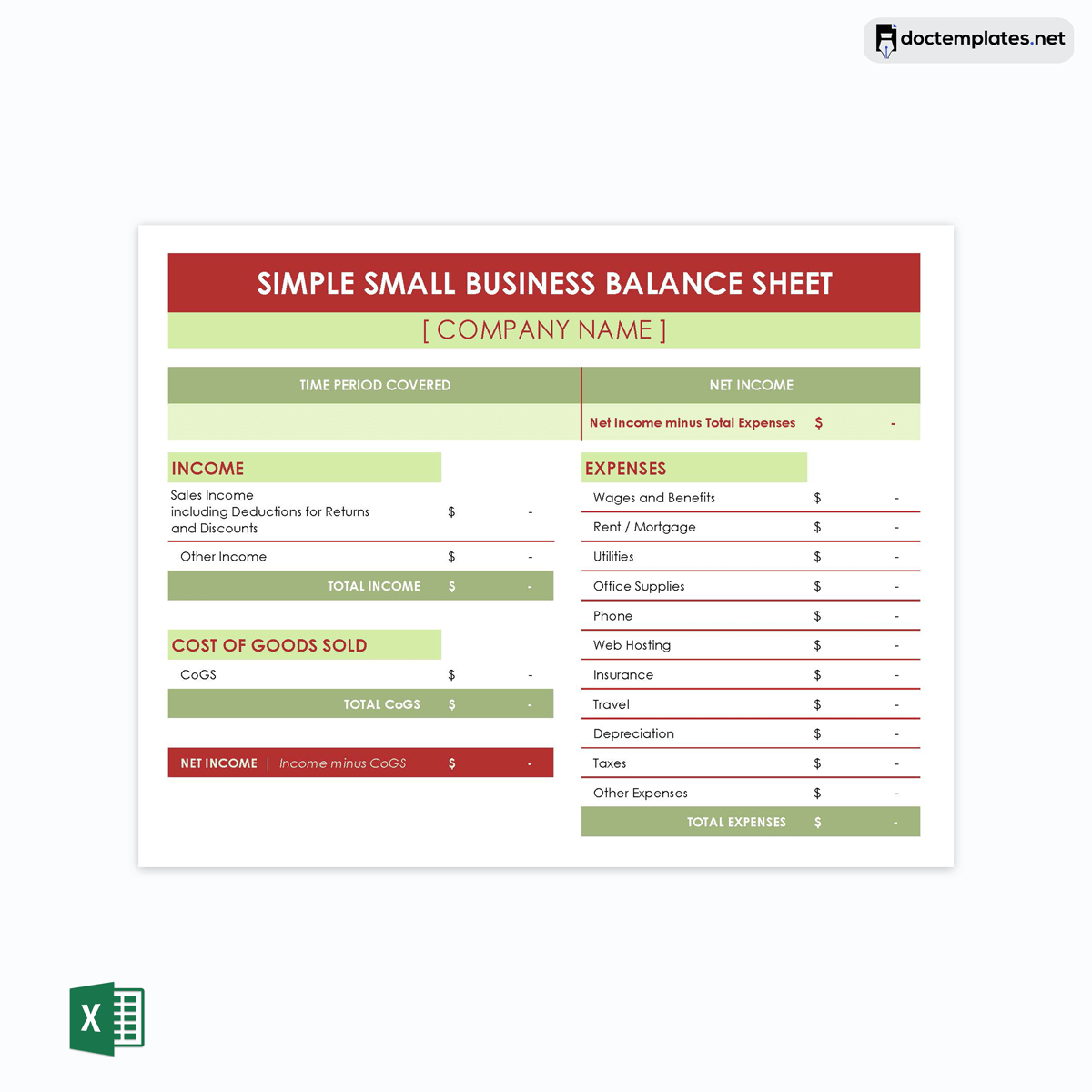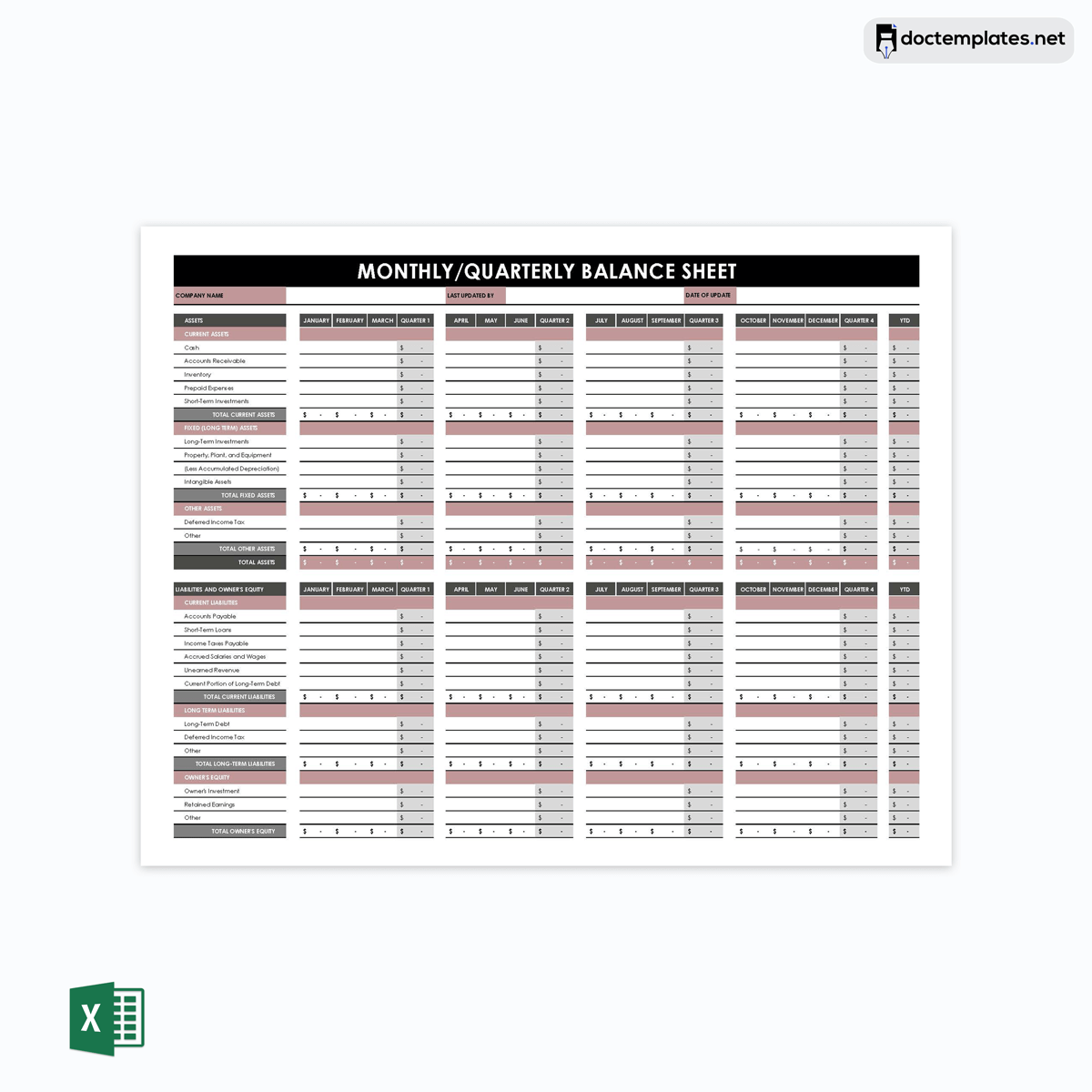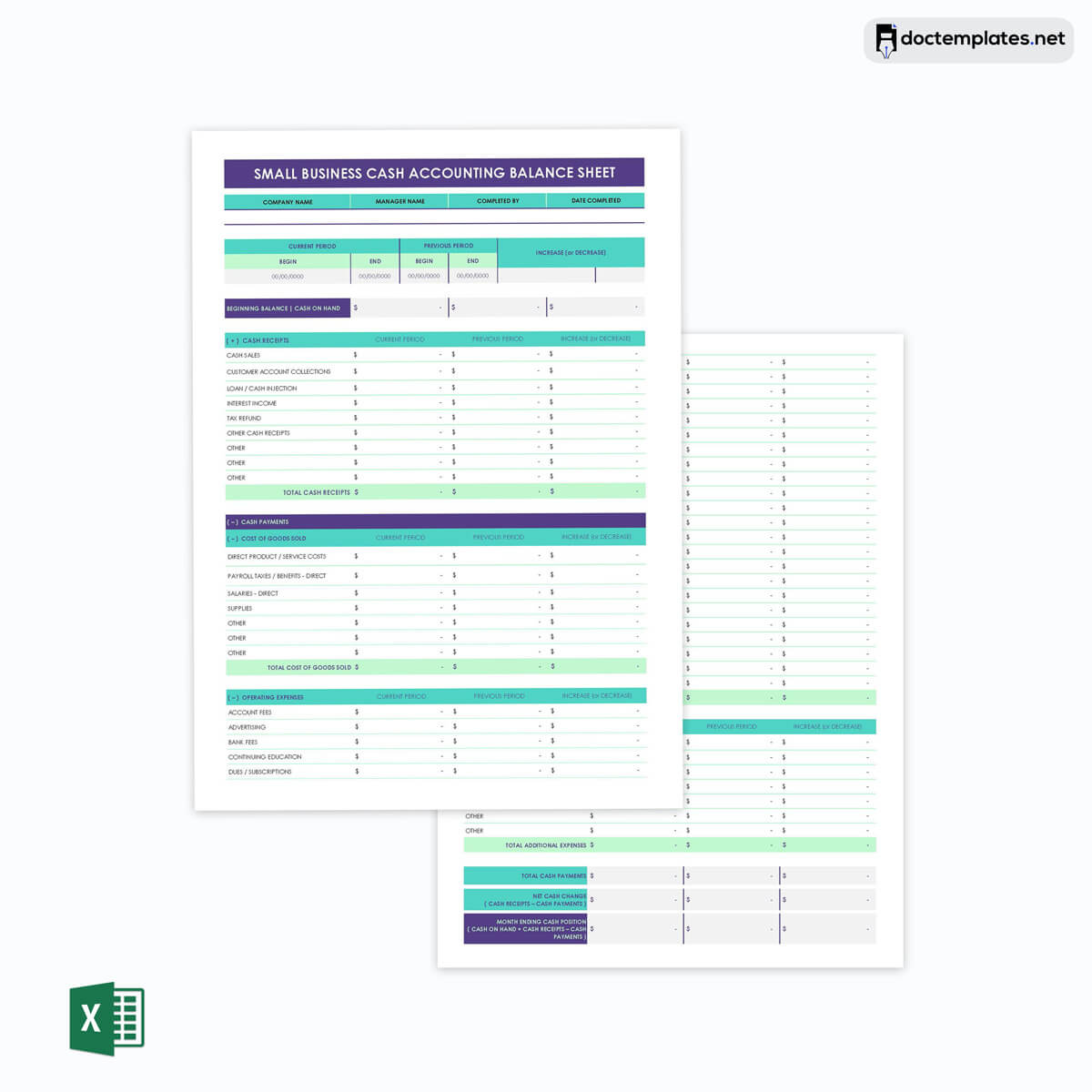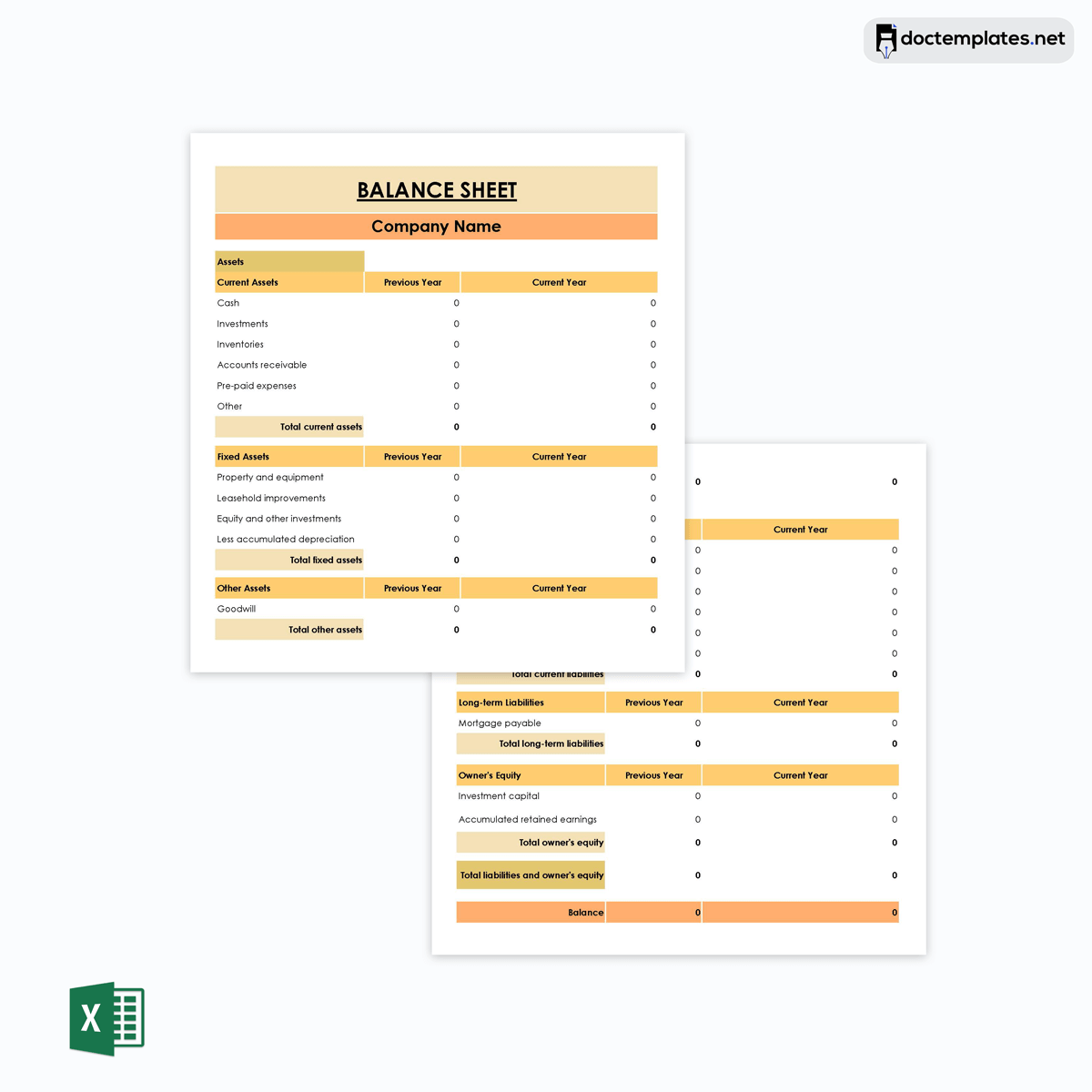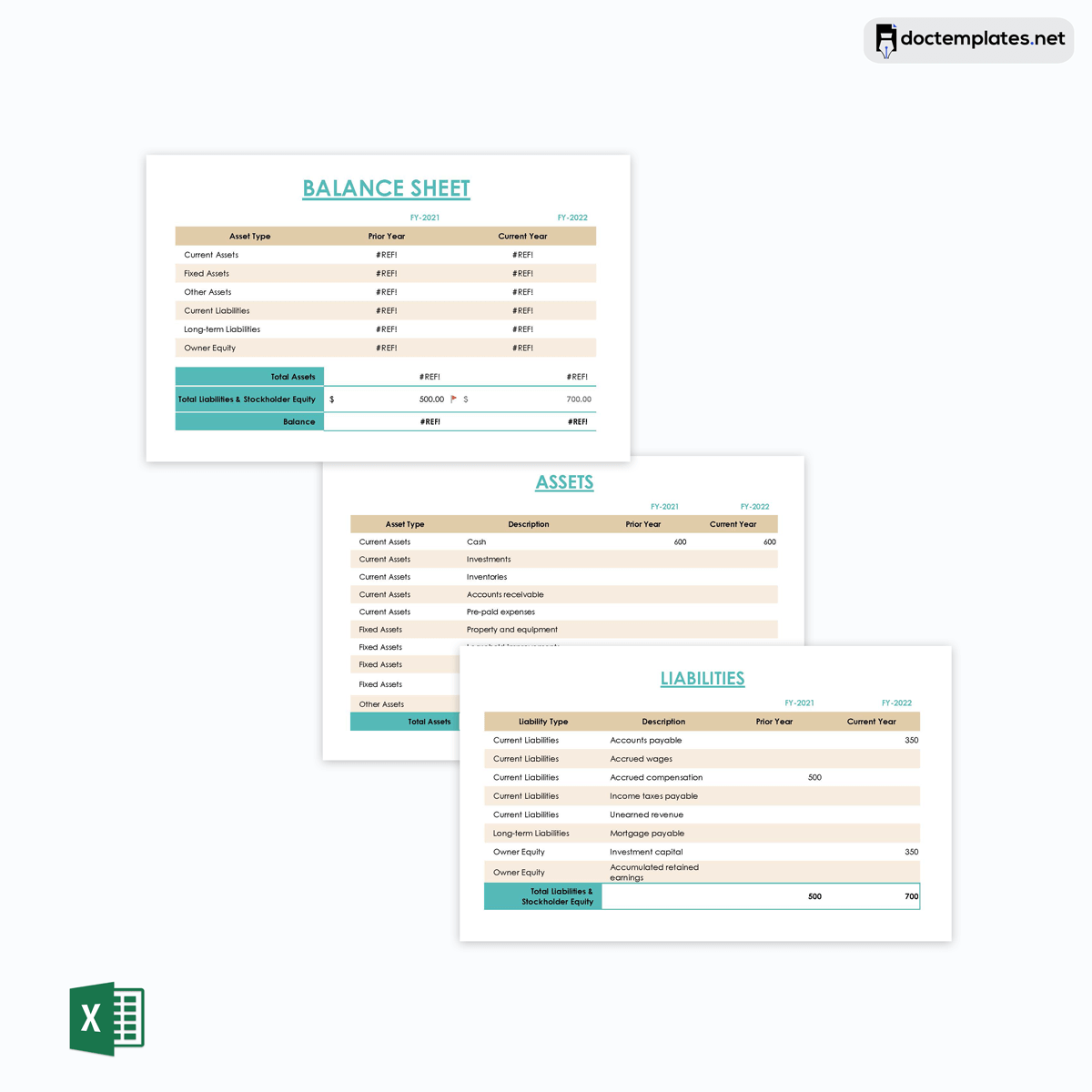The balance sheet is a financial statement that allows us to know the equity situation of a company in a given period. It is used for the decision-making process and for the calculation of precise indicators that provide the company’s financial information.
If you need to prepare the balance sheet template for your company, in this article, we will tell you how to do it. We will explain in detail what this financial instrument consists of and how you should prepare it.
It is a financial instrument that shows the equity status of a company, that is, assets, liabilities, and stockholders’ equity in a given period. It is generally carried out for annual periods and is used to obtain financial indicators of profitability, liquidity, and indebtedness.
These indicators allow the internal and external public of the company, such as suppliers and financial institutions, to make timely decisions. To verify that the balance sheet meets or is correctly prepared, we must verify that the total assets are equal to the total liabilities plus stockholders’ equity.
Also, at the end of this post, we provide you with an example of this document for you to review, and we provide you with completely free fillable formats to adapt it to your company.
Why Make a Balance Sheet Template?
As we said, in addition to being important to the company’s structure, since it allows you to know what stage of monetary health it is in, the balance sheet template is required by law, especially if the company wishes to participate in any bidding process.
In addition, there are other benefits resulting from a well-balanced balance sheet template, as it can help you:
- Know the exact equity situation of your business;
- List all your assets, rights and financial obligations;
- Analyze and calculate all the dividends of the partners of your company;
- Understand the origins and financial sources that are available to the company in case of investment;
- Assist in the creation of tax planning;
- Keep up-to-date information about the health of your business finances in case you need foreign investment, among many other things, as we will exemplify throughout this article.
Elements of a Balance Sheet
A balance sheet template should include the following:
- Name of the financial statement, in this case, balance sheet template.
- Company name or trade name of the company from which the statement is made.
- The period to which the financial statement corresponds is generally annual.
- Total assets, corresponding to the sum of all current assets accounts such as cash and accounts receivable and non-current assets such as buildings, land, and equipment.
- Total liabilities and stockholders’ equity, that is, the sum of all accounts payable, documents payable, plus share capital and earnings.
Balance Sheet: What is an Asset and a Liability?
If you want to know how to structure a balance sheet template, the first step is to understand what is passive and what is active within the equity of your business. So, first of all, let’s explain these concepts so that you know which parts you will use to reach a balanced result in your company’s finances.
Assets are all those financial resources that the company has available, as well as its assets and rights. These resources are classified as Current Assets, Non-Current Assets, and Total Assets:
Current Assets
It is that whole set of goods, rights, or financial availability that can be sold, consumed, or traded, generating conversion into cash in the short term, in this case, up to one year. Examples:
- Financial investments: those that can be settled immediately and that generally come from investments made in the financial market with surplus resources from the company’s cash.
- Receivables: assets expected to originate from company credits, such as services provided in installments receivable or other types of credit instruments.
- Cash and bank: those resources in cash. Values that are in bank accounts or even in the company’s treasury are also considered.
- Advances: when the company advances the payment of suppliers, the product that is due to be delivered is also considered a current asset.
- Inventory: as well as advances, inventory is considered to be current assets, since once it is in stock, a product is ready to be sold and quickly converted into cash.
Non-current assets
All those goods have lasting permanence. These are the items that are used for the normal and daily operation of your business. They are assets and rights that can be realized in the long term, that is, more than a year. These assets are further divided into four types:
- Long-term assets: these are accounts of a debtor nature. Those that are expected to be completed in the long term. Deadline accounts also fall into this category.
- Fixed assets: those goods related to the maintenance of the company’s production chain or even the company’s operation, such as cars, machinery, furniture, and facilities. The depreciation that these real estates can suffer must also be itemized in the balance sheet template.
- Intangible: are those assets that are not physical or palpable but represent a source of income and value for the company, such as its trademark, patents, etc
- Total assets: is the sum of all these assets. The sum of Current Assets and Non-Current Assets results in the company’s total investment.
Liabilities
Like assets, liabilities that are part of the balance sheet template are divided into current liabilities and non-current liabilities.
- Current liabilities: These are debts and obligations that will normally be paid within one year. They are composed mainly of the following accounts:
- Salaries and other charges: these expenses refer to expenses with a payroll of employees of the entire staff of the company, in addition to outsourced service providers.
- Loans: debts to be paid within the period, to banks and financial institutions, for financing and loans granted, or any other credit service.
- Suppliers: debts that must be paid in favor of suppliers of raw materials and goods.
- Advances: amounts paid in advance by customers who are yet to receive their products or services.
- Taxes and contributions: referring to income tax that is withheld at source or even to the social contributions of the staff.
- Taxes receivable: related to taxes on goods purchased or sold by the company.
- Non-current liabilities: These are the commitments that the company must honor in the long term, with maturities over 360 days. They fall into the category, financings of fixed assets, such as cars, machinery, and equipment.
Net Worth
Equity is nothing more than the result of the sum of all assets, less the sum of all liabilities. That is, if a company has $100 thousand in assets and has $30 thousand in liabilities, it will have a Shareholders’ Equity in the amount of $70 thousand. The account is simple, and it is done like this:
Assets = 100
Liabilities = 30
100 – 30 = 70
This value represents, then, the amount that the company’s shareholders have as the company’s internal wealth, and it is this that they will be able to use in case of need for internal resources.
How is the Balance Sheet in Practice (Step by Step)
The balance sheet template is an important accounting document that must be made by companies of all sizes and segments.
Now that you know the various functions of the balance sheet template and also the elements that structure it, it’s time to understand how the drafting process works and get your hands dirty!
Determine the balance sheet period
As already mentioned, the balance sheet template is made within a period of time, analyzing the financial data between one date and another.
Therefore, start by determining the period in which the balance sheet template will be made. Generally, this activity ranges from the financial performance of the company within 4 or 6 months. If its quarterly then it will be created most likely on:
- March 31
- June 30
- September 30
- December 31
In many cases, the balance sheet is annual, even in order to have a more solid and faithful accounting of how the company is doing, since, due to fluctuations in periods, you can have good and bad months, achieving only one congruent analysis on an annual basis.
Survey the company’s assets
Now you must survey the company’s assets, that is, as explained above, the values that are in possession of the business. The first thing to do is to analyze what is the amount of money that the enterprise has in cash in total, regardless of the amounts to be paid or received.
The second stage of the survey of the company’s assets corresponds to the inventory. Therefore, the company must make a sum of everything it has in stock until reaching the final result.
To make this process easier and more organized, it is recommended to separate the products by categories and then add the results for each category.
If you have an ERP or inventory management and control software, it will be easier to determine these values, since everything will be registered and organized, and can even be imported into an excel spreadsheet.
The last step is to sum the values of all assets that the company has at its disposal. To conclude, you must add all the values obtained in all previous sums. From there, you will have the total assets of the enterprise.
Survey the company’s liabilities
Now is the time to survey the company’s liabilities, that is, what you have to pay, expenses, and other expenses.
The first step in the survey of the company’s liabilities is through the sum of the amounts that are paid. Add up the total for each client and then add up all the results.
Then, carry out the survey of the value of the provisions and the salaries that need to be paid to the employees of the enterprise. Finally, add all the values for that phase.
Make the net equity survey
The fourth stage of the balance sheet template stipulates the assessment of the company’s net worth, such as the share capital, which is all the money in the business, and the profits received within the analysis period.
Add all the elements of the balance sheet
In order to complete the balance sheet template execution, you must add all the elements described and summed up previously, which are the assets, liabilities, and equity.
From there, the company has all the specific information to improve the management of its finances. It is recommended to make the balance sheet template periodically to keep it updated.
Example of a Balance Sheet
| Balance Sheet XYZ, New York |
| June 1, 2020, to December 31, 2020 |
| $ 10,000.00 | Current Liabilities | $ 15,000.00 | |
| $ 1,000.00 | Providers | $ 8,000.00 | |
| $ 2,000.00 | Taxes to pay | $ 2,000.00 | |
| $ 1,500.00 | Various creditors | $ 5,000.00 | |
| $ 3,000.00 | |||
| $ 2,500.00 | Non-current liabilities | $ 60,000.00 | |
| Documents to pay | $ 60,000.00 | ||
| $ 290,000.00 | |||
| $ 100,000.00 | Stockholders’ equity | $ 225,000.00 | |
| $ 70,000.00 | Social capital | $ 150,000.00 | |
| $ 120,000.00 | Retained earnings | $ 75,000.00 | |
| $ 300,000.00 | Total Liabilities and Stockholders’ Equity | $ 300,000.00 |
To avoid all of this trouble and to save your time, you can download and use our free editable balance sheet template.
Free Balance Sheet Templates
Does the Balance Sheet Always Balance?
According to the accounting rule, “For each Debt there must be a Credit,” and this is how the balance sheet template coincides with the Debt, and the Asset is Credit, but sometimes the balance sheet template does not balance.
This could mean that you did the calculations wrong or that the company did not post one or more transactions.
Ex: Company bought the US $ 2,000 in equipment. You charge the equipment, but forget to credit the balance in cash. This incorrect transaction would cause the accounting equation to be incorrect.
Check, first, if you have not forgotten any balance, debit, credit. Are the assets and liabilities absolutely correct? This conference is essential so that there are no flaws in the result of shareholders’ equity.
A Quick Checklist to Make a Balance Sheet
Steps to perform an overall balance properly:
- It begins with the writing of the identification data of the financial statement, that is, name, company name, and accounting period.
- Define the accounts you want to include in the balance sheet template, considering the following classification:
- Current assets: assets that the company owns are converted into money that the company can immediately dispose of; this includes cash, banks, accounts receivable, inventories, etc.
- Non-current assets: assets that the company owns; however, it is not converted into money that the company can immediately dispose of; it is buildings, land, machinery, and equipment.
- Current liabilities: company debts that must be settled in the short term as suppliers, taxes payable, and various creditors.
- Non-current liabilities: Company debts that must be settled in the long term, such as mortgages and documents payable.
- Stockholders’ equity: made up of the capital contributed by the partners and the profits to be paid.
- Once the balance sheet template accounts are defined, place the economic value of each one.
- Obtain the total assets by adding current assets plus non-current assets, perform the same procedure to obtain the total liabilities and stockholders’ equity.
- Finally, it corroborates that the balance fits, that is, that the total assets are equal to the total liabilities plus stockholders’ equity.
- Make the financial statement available to whoever wants to consult it, whether internal or external public.
- File the balance for the company’s financial history record.
Frequently Asked Questions
What are the main three sections of a balance sheet template?
The three main sections of a balance sheet template include:
• Assets.
• Liabilities.
• Net worth / Equity.
Assets are all valuable things under a particular company’s authority. Liabilities include all the money required for running a business, and equity is that amount of money that remains in the company’s account after all the liabilities have been paid.
What is a good balance sheet?
The primary characteristic of a good balance sheet template is that the number of assets is more than that of the liabilities. Three significant factors make a good balance sheet: working capital, short-term liquidity, and capitalization structure. So a good balance sheet includes positive cash flow, balanced capital structure, intelligent working capital, and income-generating assets.
What is the essential part of a balance sheet?
The most important part of a balance sheet is its top headline and the cash amount. However, some other things that are also considered necessary constitute receivable accounts, short-term investments, property, plant, equipment, and other liability items, etc. All these lie under the three major categories of a company’s assets, liabilities, and equity.
What is the difference between a profit and loss statement and a balance sheet?
A profit and loss statement is a financial statement that provides a record of all the revenues, costs, and other expenses made by a specific company during a particular period. On the other hand, the balance sheet summarizes the financial balances of a company by including its assets, liabilities, and capital of equity. All the details are described for a set period with the help of balance sheet templates.
What does a negative balance sheet mean?
A negative balance sheet is when the number of liabilities is more than that of the assets of a particular person or a company. It means that the net assets of a company are negative. This problem may also arise when the company is short of available funds. Still, more checks have already been issued whose sum exceeds the funds present in the company’s account, so the balance sheet becomes negative.
